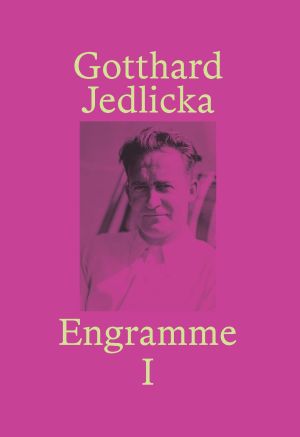Engramme
Bibliographic details
ISSN

Contact
Schweizerisches Institut für Kunstwissenschaft (SIK-ISEA), Zürich / Lausanne
PD Dr. Roger Fayet, Direktor, Zürich
Marianne Wackernagel, lic. phil., Leiterin Wissenschaftsforum, Zürich
Internet:
Homepage Schweizerisches Institut für Kunstwissenschaft (SIK-ISEA)
ISSN (online): 3042-5824
ISSN (Print): 3042-5816
Coming Soon
All Books
There are no publications in this series yet.







